-
 bitcoin
bitcoin $122090.672462 USD
1.59% -
 ethereum
ethereum $4493.758974 USD
0.56% -
 xrp
xrp $3.033145 USD
0.65% -
 tether
tether $1.000629 USD
0.00% -
 bnb
bnb $1169.854250 USD
7.07% -
 solana
solana $230.954786 USD
-0.19% -
 usd-coin
usd-coin $0.999785 USD
0.00% -
 dogecoin
dogecoin $0.256108 USD
-1.12% -
 tron
tron $0.342333 USD
-0.12% -
 cardano
cardano $0.859632 USD
-0.10% -
 hyperliquid
hyperliquid $48.932146 USD
-2.25% -
 chainlink
chainlink $22.345466 USD
-1.29% -
 ethena-usde
ethena-usde $1.000217 USD
-0.03% -
 avalanche
avalanche $31.203456 USD
1.93% -
 sui
sui $3.579145 USD
1.05%
How to calculate Gate.io contract fees?
Trading fees on Gate.io are determined by a formula involving contract value and a trading fee rate that varies based on contract type and account tier.
Nov 07, 2024 at 09:22 pm
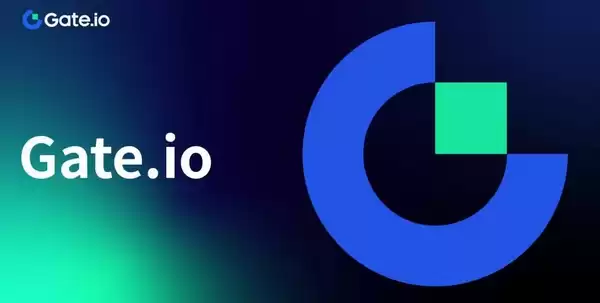
How to Calculate Gate.io Contract Fees
Gate.io, a renowned cryptocurrency exchange, offers a comprehensive suite of contract trading services, including futures, perpetual contracts, and options. Understanding the fee structure associated with these contracts is crucial for traders to optimize their trading strategies. This detailed guide will delve into the various fees incurred when trading contracts on Gate.io, empowering traders with the knowledge necessary to make informed decisions.
Fees Involved in Contract Trading on Gate.io
The fees associated with contract trading on Gate.io can be broadly categorized into the following types:
- Trading Fees: Charged when placing or closing a contract trade, these fees are typically a percentage of the contract value.
- Funding Fees: Paid or received periodically to maintain the fair value of the contract, these fees are based on the funding rate.
- Overnight Fees: Incurred when holding a contract position overnight, these fees are calculated based on the contract's interest rate.
- Taker Fees: Levied on trades that consume liquidity from the order book, these fees are typically higher than maker fees.
- Maker Fees: Rebated to trades that add liquidity to the order book, these fees incentivize market makers to provide liquidity.
How to Calculate Trading Fees
Trading fees on Gate.io are calculated based on the following formula:
Trading Fee = Contract Value * Trading Fee Ratewhere:
- Contract Value is the total value of the contract being traded.
- Trading Fee Rate is the applicable trading fee rate, which varies depending on the contract type and account tier.
For instance, if you place a futures contract with a contract value of $10,000 and the trading fee rate is 0.05%, the trading fee would be $5.
How to Calculate Funding Fees
Funding fees on Gate.io are calculated based on the following formula:
Funding Fee = Contract Value * Funding Rate * Intervalwhere:
- Contract Value is the total value of the contract being held.
- Funding Rate is the applicable funding rate, which is typically negative for long positions and positive for short positions.
- Interval is the time interval for which the funding fee is being calculated.
For example, if you hold a futures contract with a contract value of $10,000, the funding rate is -0.01%, and the interval is 8 hours, the funding fee would be -$0.08.
How to Calculate Overnight Fees
Overnight fees on Gate.io are calculated based on the following formula:
Overnight Fee = Contract Value * Interest Rate * Overnight Periodwhere:
- Contract Value is the total value of the contract being held.
- Interest Rate is the applicable interest rate, which can vary depending on the contract type and underlying asset.
- Overnight Period is the number of hours the contract is held overnight.
For example, if you hold a futures contract with a contract value of $10,000, the interest rate is 1%, and you hold the position overnight for 8 hours, the overnight fee would be $0.0667.
How to Calculate Taker Fees
Taker fees on Gate.io are the same as trading fees, as outlined in the "How to Calculate Trading Fees" section.
How to Calculate Maker Fees
Maker fees on Gate.io are typically 25% of the taker fees for the same contract type and account tier. These fees are incentivized to provide liquidity to the order book and facilitate smooth trading.
Additional Factors to Consider
- Account Tier: Different account tiers on Gate.io may qualify for reduced trading fees.
- Affiliate Program: Traders who participate in Gate.io's affiliate program may earn fee rebates.
- Market Conditions: The trading fees may be higher during periods of high market volatility.
Conclusion
Understanding the fee structure associated with contract trading on Gate.io is essential for traders to optimize their trading strategies and manage their expenses. By following the steps outlined in this guide, traders can accurately calculate the fees incurred for each type of contract trade and make informed decisions.
Disclaimer:info@kdj.com
The information provided is not trading advice. kdj.com does not assume any responsibility for any investments made based on the information provided in this article. Cryptocurrencies are highly volatile and it is highly recommended that you invest with caution after thorough research!
If you believe that the content used on this website infringes your copyright, please contact us immediately (info@kdj.com) and we will delete it promptly.
- BlockDAG, DOGE, HYPE Sponsorship: Crypto Trends Shaping 2025
- 2025-10-01 00:25:13
- Deutsche Börse and Circle: A StableCoin Adoption Powerhouse in Europe
- 2025-10-01 00:25:13
- BlockDAG's Presale Buzz: Is It the Crypto to Watch in October 2025?
- 2025-10-01 00:30:13
- Bitcoin, Crypto, and IQ: When Genius Meets Digital Gold?
- 2025-10-01 00:30:13
- Stablecoins, American Innovation, and Wallet Tokens: The Next Frontier
- 2025-10-01 00:35:12
- NBU, Coins, and Crypto in Ukraine: A New Yorker's Take
- 2025-10-01 00:45:14
Related knowledge
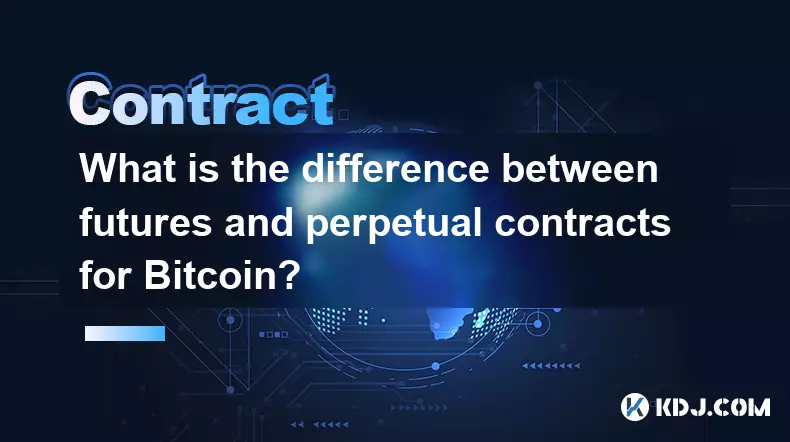
What is the difference between futures and perpetual contracts for Bitcoin?
Oct 02,2025 at 11:54pm
Understanding Bitcoin Futures Contracts1. Bitcoin futures are derivative instruments that allow traders to speculate on the future price of Bitcoin at...
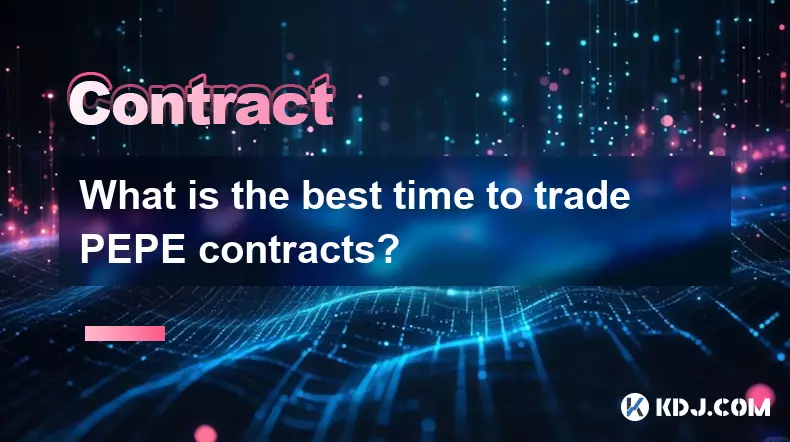
What is the best time to trade PEPE contracts?
Oct 03,2025 at 11:54am
Understanding PEPE Contract Volatility1. PEPE contracts exhibit extreme price fluctuations due to their meme-based nature and low market cap. Trading ...
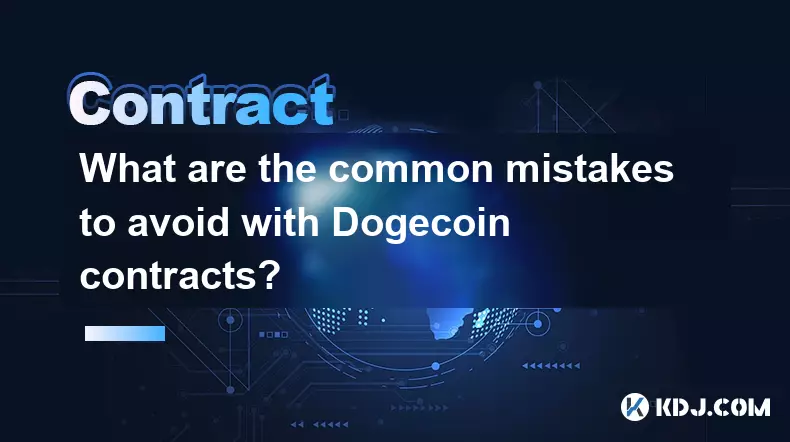
What are the common mistakes to avoid with Bitcoincoin contracts?
Oct 03,2025 at 08:54am
Emerging Trends in the Cryptocurrency Market1. Decentralized finance (DeFi) platforms continue to expand their influence across the blockchain ecosyst...

What is the maintenance margin for Bitcoin contracts?
Oct 02,2025 at 01:36am
Decentralized Exchanges Gain Momentum in 20241. Decentralized exchanges (DEXs) have seen a significant rise in trading volume, surpassing centralized ...
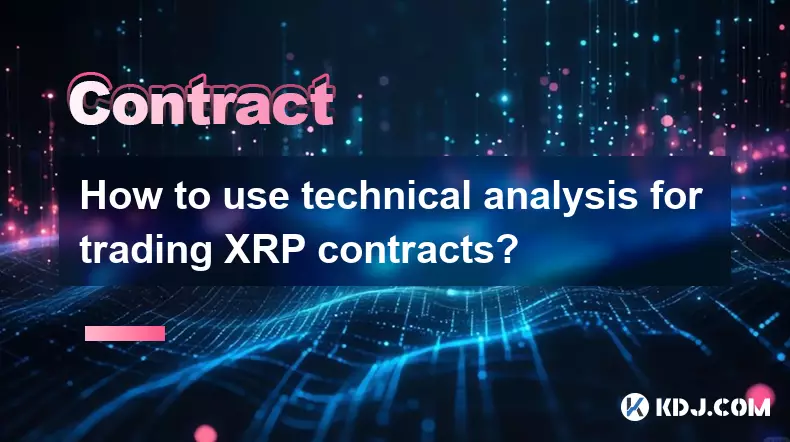
How to use technical analysis for trading XRP contracts?
Oct 03,2025 at 01:18pm
Understanding Price Patterns in XRP Futures1. Identifying chart patterns such as triangles, head and shoulders, and double tops or bottoms can provide...

What does "longing" PEPE contracts mean?
Oct 03,2025 at 11:54pm
Understanding Decentralized Exchanges in the Crypto Ecosystem1. Decentralized exchanges (DEXs) operate without a central authority, allowing users to ...

What is the difference between futures and perpetual contracts for Bitcoin?
Oct 02,2025 at 11:54pm
Understanding Bitcoin Futures Contracts1. Bitcoin futures are derivative instruments that allow traders to speculate on the future price of Bitcoin at...

What is the best time to trade PEPE contracts?
Oct 03,2025 at 11:54am
Understanding PEPE Contract Volatility1. PEPE contracts exhibit extreme price fluctuations due to their meme-based nature and low market cap. Trading ...

What are the common mistakes to avoid with Bitcoincoin contracts?
Oct 03,2025 at 08:54am
Emerging Trends in the Cryptocurrency Market1. Decentralized finance (DeFi) platforms continue to expand their influence across the blockchain ecosyst...

What is the maintenance margin for Bitcoin contracts?
Oct 02,2025 at 01:36am
Decentralized Exchanges Gain Momentum in 20241. Decentralized exchanges (DEXs) have seen a significant rise in trading volume, surpassing centralized ...

How to use technical analysis for trading XRP contracts?
Oct 03,2025 at 01:18pm
Understanding Price Patterns in XRP Futures1. Identifying chart patterns such as triangles, head and shoulders, and double tops or bottoms can provide...

What does "longing" PEPE contracts mean?
Oct 03,2025 at 11:54pm
Understanding Decentralized Exchanges in the Crypto Ecosystem1. Decentralized exchanges (DEXs) operate without a central authority, allowing users to ...
See all articles










































































